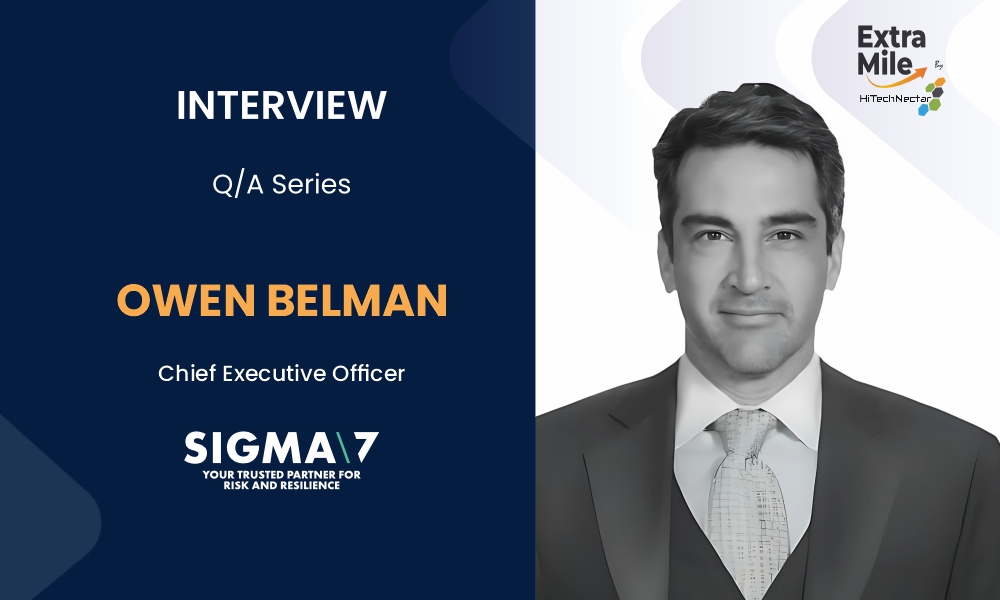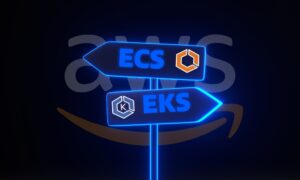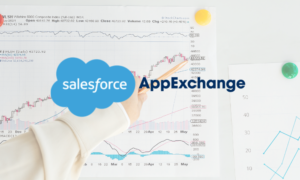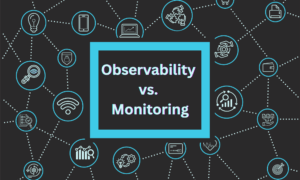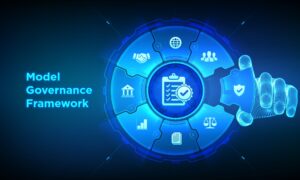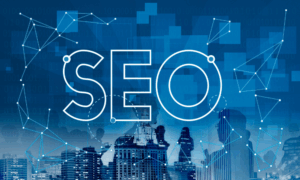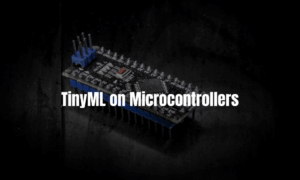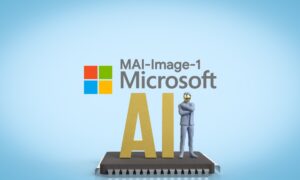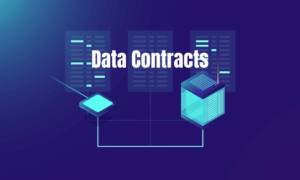Welcome to another inspiring episode of our ExtraMile by HiTechNectar Q&A series, where we get insights from visionaries shaping the future of diverse industries.
Today, we are thrilled to have Owen Belman, the Chief Executive Officer of Sigma7. Owen brings over two decades of international leadership experience from the heart of global finance and risk advisory to his role at the helm of this innovative company.
Sigma7 emerged in 2022 by uniting five best-in-class firms into one powerful platform. Their mission is to move beyond scattered advice and provide clients with a coordinated, tech-powered shield against the complex threats of today’s world.
In this candid conversation, Owen takes us behind the scenes of this bold consolidation. He shares a gripping story of how their team literally stopped a fire from causing a catastrophic shutdown, explains why “running to the pain” is the best career advice he ever received, and reveals how Sigma7 is redefining risk management from a theoretical concept into a measurable business advantage.
Hello Owen, Hope you are doing well today!
Q1. Sigma7 was launched in 2022 as a unified platform for strategic risk services. What inspired this bold consolidation of five specialized companies under one umbrella, and how does it redefine risk management for clients?
Owen. Sigma7 launched in 2022 to address a growing gap between traditional risk management practices and the increasingly complex, interconnected threats facing businesses today. The inspiration for bringing together multiple best-in-class firms, each with deep expertise in a particular discipline, was rooted in a simple but powerful insight: real resilience demands a unified approach. From due diligence and forensic accounting to threat intelligence, insurance claims support, and crisis training, clients historically have managed risk through disconnected silos. Sigma7 breaks this mold. By combining specialists like Alaco, Paragon, RWH Myers, RSM and Intelligence Fusion under one umbrella, the company delivers integrated risk solutions that are coordinated, tech-enabled, and business-outcome driven.
Q2. With threats like geopolitical instability and cyber risks evolving daily, how does your ‘tech-forward’ approach help clients stay ahead, especially through tools like Intelligence Fusion’s real-time threat monitoring?
Owen. Our technology isn’t a bolt-on—it’s a core enabler of how we operate. Our S7 ONE platform give clients access to real-time, location-specific threat monitoring, providing visibility into tens of thousands of incidents each month across categories like civil unrest, natural disasters, terrorism, and more. This intelligence helps risk and security teams make faster, more informed decisions while also feeding into broader risk, insurance, and operational planning. It’s not just about responding to threats in real time—it’s about helping clients recognize patterns, prepare for what’s next, and reduce long-term exposure. The data isn’t theoretical, it’s actionable, visualized, and tied to measurable risk mitigation.
Q3. Your tenure as Aon’s Asia CEO involved managing 1000+ employees across diverse markets. How did that experience shape your leadership style at Sigma7, particularly in integrating teams from acquired firms like Paragon and Alaco?
Owen. I’ve had the privilege of engaging clients and leading diverse teams in Asia, North America and the Middle East, in banking, risk management, and strategy consulting. This experience continues to help me be a better listener, seeking first to understand client and colleague perspectives prior to offering solutions. A large Chinese petrochemical company looking to form a captive in Hong Kong may approach risk transfer and mitigation differently than a Korean conglomerate building a plant in North America, but both look for an advisor who listens, empathizes and delivers distinctive, flexible solutions. The founders and colleagues of Sigma7’s legacy firms share this commitment to building a deep understanding of client priorities and tailoring solutions that are truly fit for purpose. My focus at Sigma7 has not been on teaching our practices what they already know how to do exceptionally well (and much better than I do!), but rather tapping into their shared passion for excellence in client delivery to unite our delivery as one firm.
Q4. The company highlights ‘measurable business results’ over generic risk assessments. Can you share an example where your team’s forensic accounting or risk engineering directly saved a client from major disruption?
Owen. At a coal-fired power generation plant, a Sigma7 Paragon risk engineer identified a serious oversight: the conveyor belt system transporting coal—a flammable material on a rubber belt—had no fire protection. Given the high potential for ignition caused by mechanical friction and coal dust accumulation, our engineer recommended installing an automatic sprinkler system along the conveyor line.
The client implemented the recommendation, and six months later, a roller seized and ignited the belt. The fire could have caused widespread damage and extended shutdown. Instead, the newly installed sprinkler system activated immediately, containing the fire before it could spread. The plant resumed operations after just 12 hours of downtime.
This is the kind of measurable result we aim for—risk mitigation that’s not theoretical but operationally tested. It highlights how expert engineering guidance, followed by decisive client action, can directly safeguard critical infrastructure and avoid costly disruption.
Q5. Sigma7 expanded rapidly via acquisitions (e.g., RWH Myers, Alaco). What is your playbook for ensuring these integrations strengthen rather than dilute the company’s core mission?
Owen. Each acquisition is chosen not just for capability, but for cultural alignment and the strategic gaps it fills. We prioritize leadership continuity and client trust, and we maintain the specialized edge of each firm while embedding it within a shared operating model. We don’t impose a one-size-fits-all framework, we build connective tissue. For example, Paragon’s engineering assessments and Intelligence Fusion’s threat modeling complement RWH Myers by aligning claims strategies with pre-loss planning. The result is a network that’s greater than the sum of its parts.
Q6. Your education modules train 2M+ users globally. How does Sigma7 make risk management training engaging for non-experts and why is this important for industries like critical infrastructure?
Owen. We’ve designed our training solutions to be practical, scenario-based, and accessible. That means no dry PowerPoints, but rather e-learning modules, tabletop simulations, and virtual environments tailored to real-world crises like cyberattacks, civil unrest, or infrastructure failure. We also combine training quizzes, video games, and test scenarios, with real video to make the training more interactive and engaging. For industries like energy, transportation, or healthcare, where risk exposure is high and operational downtime is costly, having frontline staff understand how to respond under pressure is essential. Our training platform reaches more than two million users globally and is often embedded into compliance regimes or business continuity plans. We help companies meet legal obligations while also building a risk-aware culture from the ground up.
Q7. Your recent collaboration with R24 International merges AI threat intelligence with crisis response. How does this address gaps in corporate travel security, and what is next for such tech-driven alliances?
Owen. Our partnership with R24 bridges a critical gap between intelligence and response. While Intelligence Fusion provides real-time alerts on incidents like protests, criminal activity, or geopolitical disruptions, R24 brings in-the-moment response capability to help monitor and protect staff in the field —whether that’s emergency evacuation, medical assistance, or relocation logistics. For multinational clients managing dispersed teams, particularly in volatile regions, this alliance enables them to not only track threats to both sites and staff, but also act on them through a single, coordinated platform. Looking ahead, we’re focused on deeper integrations, predictive alerting, and direct communication tools for travelers—so companies can stay ahead of risk, not just react to it.
Q8. From banking (Standard Chartered) to insurance (Aon) and now Sigma7, your career spans many risk facets. What’s one piece of advice you would give professionals entering this field today?
Owen. I have had the good fortune to work for several great leaders. One of the best pieces of advice I received came early in my management career: Run to the Pain. Find big challenges facing your company and embrace the opportunity to become the solution. This carries risk; big problems are not easily solved and sometimes, not at all. But they always bring a lot of learning, much more than established roles that are on autopilot.
“Running to the pain” doesn’t necessarily require an external challenge. AI is presenting all of us with the opportunity and imperative to figure out how it can help us become more effective. But it can be overwhelming and seem threatening. Those who embrace it with intellectual curiosity and are willing to reinvent how they deliver will see tremendous productivity gains. Those who don’t may struggle. My advice to young professionals: embrace AI and become an organizational leader in figuring out how it can help your company.
Explore Our Other Insightful Interviews:
The Future of PSA: Top-Notch Insights from Kantata’s Chief Product Officer, Sarah Edwards
